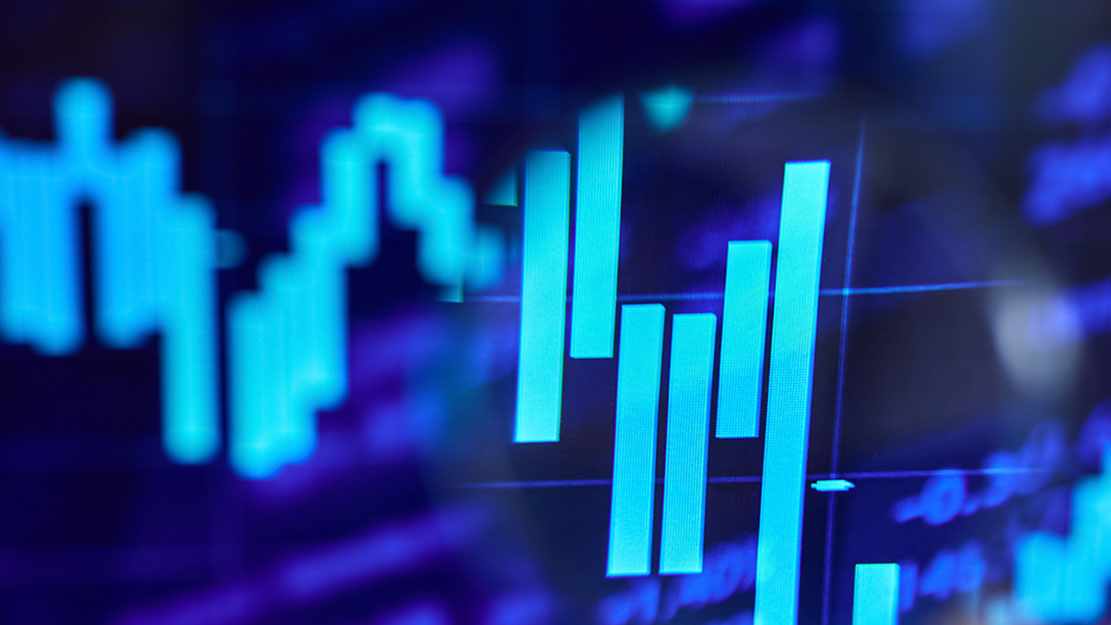Putnam Large Cap Value Fund has a
Overall Morningstar Rating™
out of 1,099 funds in the Large Value category based on total return as of 06/30/24.
Disciplined process
The team combines fundamental research and quantitative tools to pursue multiple alpha sources, with a strong overlay of risk control.
Dividend growth
The fund focuses on companies with strong cash flows and the ability to generate and grow dividends for investors.
Seeks value daily
Unlike the benchmark, which defines the value universe once per year, management takes an active approach to defining value daily.
A tenured investment team with a differentiated process

Darren A. Jaroch, CFA
25 years in the investment industry

Lauren DeMore, CFA
19 years in the investment industry
A multidimensional approach to value investing
Darren Jaroch, CFA, and Lauren DeMore, CFA, manage a disciplined process to target a wider array of opportunities than many other U.S. value portfolios. The team combines fundamental research and quantitative tools to pursue multiple alpha sources, with a strong overlay of risk control.
VALUE STOCKS
Attractively priced stocks of companies poised for improvement
DIVIDEND GROWERS
Stocks of companies that are willing and able to increase their dividends
CASH-FLOW GENERATORS
Stocks of companies with strong cash flows, earnings quality, and attractive capital allocation strategies
From our equity team

The power of diversified alpha
Our diversified alpha approach seeks to avoid performance extremes. We use a stock-driven, rather than style-driven, process that gives us the chance to outperform our benchmarks in all market environments.
Alpha is a measure of performance on a risk-adjusted basis. Alpha takes the volatility of a mutual fund and compares its risk-adjusted performance to a benchmark index. The excess return of the fund relative to the return of the benchmark index is a fund's alpha.
The Morningstar Rating™ for funds, or "star rating," is calculated for managed products (including mutual funds, variable annuity and variable life subaccounts, exchange-traded funds, closed-end funds, and separate accounts) with at least a 3-year history. Exchange-traded funds and open-ended mutual funds are considered a single population for comparative purposes. It is calculated based on a Morningstar Risk-Adjusted Return measure that accounts for variation in a managed product's monthly excess performance, placing more emphasis on downward variations and rewarding consistent performance. The top 10% of products in each product category receive 5 stars, the next 22.5% receive 4 stars, the next 35% receive 3 stars, the next 22.5% receive 2 stars, and the bottom 10% receive 1 star. The Overall Morningstar Rating for a managed product is derived from a weighted average of the performance figures associated with its 3-, 5-, and 10-year (if applicable) Morningstar Rating metrics. The weights are: 100% 3-year rating for 36–59 months of total returns, 60% 5-year rating/40% 3-year rating for 60–119 months of total returns, and 50% 10-year rating/30% 5-year rating/20% 3-year rating for 120 or more months of total returns. While the 10-year overall star rating formula seems to give the most weight to the 10-year period, the most recent 3-year period actually has the greatest impact because it is included in all three rating periods. Ratings do not take into account the effects of sales charges and loads.



